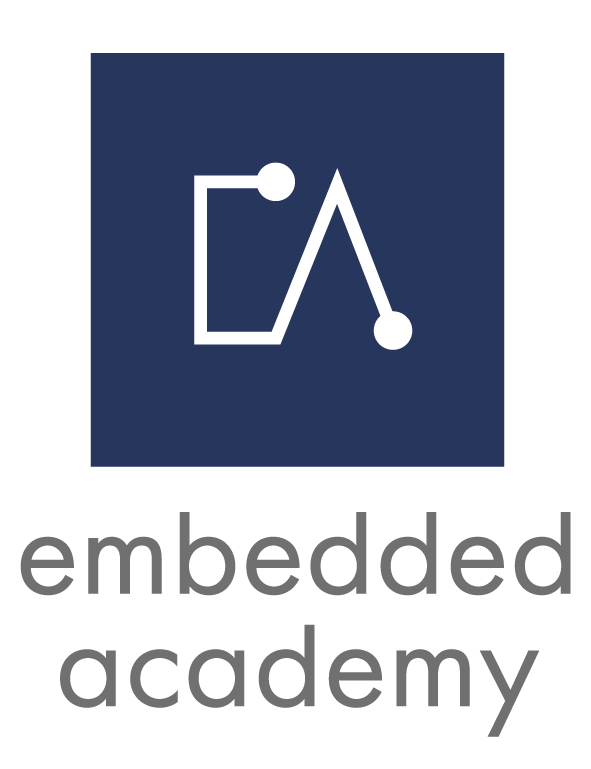E-Learning Course Power Electronics Fundamentals
Content
E-Learning Basics of Power Electronics (40 min)
- Definition, application fields and basic functions
- Electronic switch and switching in general
- Example of an electronic circuit
- The basic components resistor, inductor, capacitor and diode
E-Learning Components of Power Electronics (55 min)
- Semiconductor Basics (doped semiconductor, p-n-junction, biased p-n-junction)
- Semiconductor Components (non-controllable and only switch-on)
- Functionality and characteristic line of a diode
- Switchable power semiconductors
- MOSFET (4 types, functionality, characteristic line)
- IGBT (comparison to MOSFET, advantages, applications)
E-Learning Half Bridge for AC Motor Control (20 min)
- Elements of the half bridge
- Step down conversion and step up conversion
- Graphical representation
- Automotive applications
E-Learning Thermal Design and Assembly (30 min)
- Thermal load of power devices and heating
- Thermal resistance
- Thermal expansion and CTE
- Thermal design: design criteria, air cooling and water cooling of power modules
- Application examples, e.g. housed devices on PCB
Target
This course on the fundamentals of power electronics is designed for engineers who are beginning to work in the field of power electronics and for those interested in gaining a better understanding of the subject. Since the course provides a general introduction, it is suitable for any type of power electronics.
Trailer
Insights
Course Content
What are Power Electronics?
Power electronics is a branch of electrical engineering that deals with the conversion and control of electrical energy in various forms. In particular, it deals with electronic circuitry and the corresponding components that are capable of processing high power.
The main objective of power electronics is to efficiently convert, regulate and control electrical energy. This is done by using power electronics components such as power transistors e.g. MOSFETs or IGBTs, power diodes, thyristors and other semiconductor devices. Power electronics allow electrical energy to be converted in various forms. Examples for electrical energy conversion are converting from alternating current to direct current, converting to a different voltage level, or altering the frequency of alternating currents.
Why are Power Electronics Needed?
Overall, power electronics enables the efficient and reliable use of electrical energy and contributes to improving the performance, the power density and flexibility of electrical systems. This helps to save energy and to reduce environmental impacts.
The fields and applications of power electronics are diverse. Here are some of the main ones:
Energy conversion – Power electronics makes the conversion of electrical energy from one form to another possible. For example, inverters are used in renewable energy systems such as solar panels and wind turbines.
Electric drives – Whether in electric vehicles, industrial machines or household appliances, power electronics are used to control the movement and speed of the motors.
Power converters – Power electronics are used to convert direct current into alternating current and vice versa. These are for example found in computers, home appliances, and electric vehicles.
Power supply – Power electronics are widely used in switching power supplies, which are used in almost all electronic devices to convert the input voltage to a different output voltage.
Voltage stabilization and voltage conversion – In power grids and power transmission systems, they can make power transmission more efficient and stable.
Power control – Power electronic circuits are used in power factor control, phase angle control and other aspects of power supply to improve power management and control.
How are Power Electronics Related to Embedded Systems?
Embedded systems are used to integrate intelligence and to control and regulate the power electronic devices such as IGBTs and MOSFETs. They perform the task of signal acquisition, signal processing and control signal generation to achieve the desired power conversion and control.
Embedded systems provide means for communication and networking of power electronic systems. This enables to acquire relevant measurement data such as temperature and a system integration into monitoring or supervising systems. Furthermore, they can implement algorithms for fault detection.
Embedded systems due to programmability offer the possibility to adapt power electronics. Functions and algorithms can be altered without having to make physical changes to the components or circuits.
Embedded systems perform real-time processing thus the necessary calculations and control algorithms are provided fast enough for accurate responses of control signals.
What can you learn about Power Electronics Fundamentals in the Embedded Academy E-Learning?
In the first e-learning we clarify what Power Electronics is and where it is applied. It also includes an explanation of the electronic switch. We deal with an example of an electronic circuit, from which we derive basic components.
In the e-learning “Components of Power Electronics” you learn about the semiconductor basics and components including MOSFETs and IGBTs.
The third e-learning is about the half bridge, that is used to control AC electrical machines.
In the last e-learning you learn about the importance of thermal design and some application examples.
You must log in and have started this course to submit a review.
